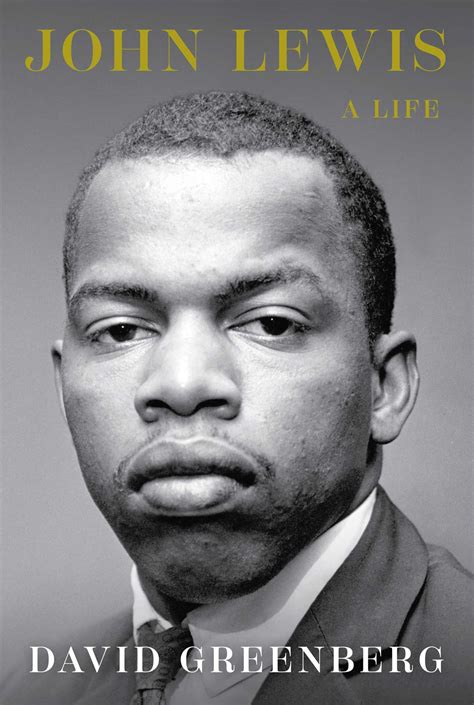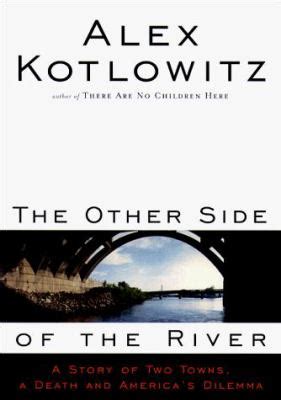A Man of Sand
What makes a person, if not their values? A hundred plus years ago, someone who had commitment, courage and character was said to have sand. That meant they were a person of substance, someone you could trust. A person with sand would do what they promised, no matter the consequences. One earns sand, through conflict and hard work over time. Sand is a most worthy encomium. The late congressman John Lewis was a man of sand.
The historian and professor David Greenberg recently turned his practiced eye to Lewis. The resulting biography, John Lewis: A Life, bears much in common with its subject. It is a methodical, consistent and powerful study. There is nothing flashy about John Lewis or the book. It tells the history of a most compelling man who truly made a difference through diligence, courage, and a commitment to living his values. It is exactly the kind of history that stands in opposition to opportunism. Greenberg knows how to research and how to write history effectively, keeping the story moving and giving just enough detail to make you think that you might really know the subject.
The contours of Lewis’s life are well-known. He lived it, after all, in the public eye for decades. He was dedicated to public service. Born into a poor family and large family in Alabama, Lewis was an inveterate reader as a child. Small, shy and studious, Lewis went away to college just as the Civil Rights movement was starting to push for integrated higher education. Lewis wrote to Dr. Martin Luther King, Jr., to seek his help gaining admission to Troy University, which was segregated at the time. Lewis decided to attend an HBCU instead, but he made a mark on King and others in the movement. As a college student in Nashville, Lewis studied theology and became very active in civil rights. Totally committed to the nonviolence of Gandhi and others, Lewis stood out for his discipline. He was a leader through his intensity, lack of ego, and drive. Lewis was a man of great courage: physical, moral and interpersonal.
By 1961 Lewis was one of the original Freedom Riders. He became chair of SNCC (Student Nonviolent Coordinating Committee) in 1963. As Greenberg details, Lewis was everywhere in the movement, helping others, preaching and practicing nonviolence. He was always more interested in doing the work and effecting change, not being in the spotlight. Greenberg details the horrific hatred that Lewis and so many others in the movement encountered. People were murdered, beaten, threatened with regularity. The racism of the South in the 1950s and 1960s did not change without thousands putting their bodies and lives on the line. Lewis did so regularly and he practiced what he preached, perhaps most famously in the marches at Selma. The book is a chilling reminder of the danger and difficulty of pursuing civil rights.
Greenberg’s history is balanced and comprehensive. While Lewis did so much before the age of 24, the biography gives equal attention to the other roles he placed, including advocating for voting rights and serving on the Atlantic City Council, where he fought a major highway development. Lewis entered Congress in the 1980s and he served until 1980, where he had an outsize influence in a wide range of issues. In many ways, Lewis became a moral figure in Congress, more than a politician. Several of the racist leaders who attacked Lewis reached out to him, seeking forgiveness and understanding. Lewis follow up, again and again. He was that good a person. He understood, too, that he represented something bigger than himself.
The research supporting the book is extensive. Greenberg truly did his homework, giving anecdotes and first person accounts that give the work texture and character. Lewis had edges and an ego, as he cheerfully would admit. But he also found ways, repeatedly, to push himself and others. He wrote, lobbied, and led, truly having an extraordinarily full and meaningful life. He truly was an American hero.
One of my favorite quotes is from John Lewis, something he said repeatedly throughout his life: sometimes we have to make good trouble. Lewis’s “good trouble” was the kind of activism that makes for better people, better communities and a better nation. Reading about John Lewis is inspirational. Pick up this book and you may want to engage in a bit of “good trouble.” It did for me.
David Potash

